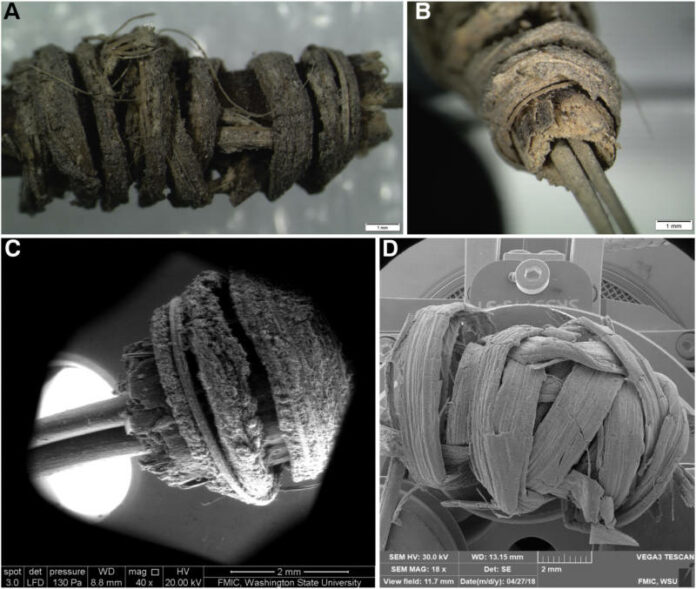In an unexpected twist of archaeological discovery, a 2,000-year-old tattoo tool has been identified in Utah, challenging long-held assumptions about the history of tattooing in Western North America. This remarkable find not only sheds light on the tattooing practices of ancient cultures but also redefines the timeline of such practices in the region. Unearthed during a 1972 excavation at the Turkey Pen Ruin site, the tool is now recognized as the oldest tattooing instrument discovered in Western North America. This discovery provides invaluable insights into the cultural practices of the Ancestral Pueblo people, offering a new perspective on their social and ritualistic life.
A Surprising Discovery
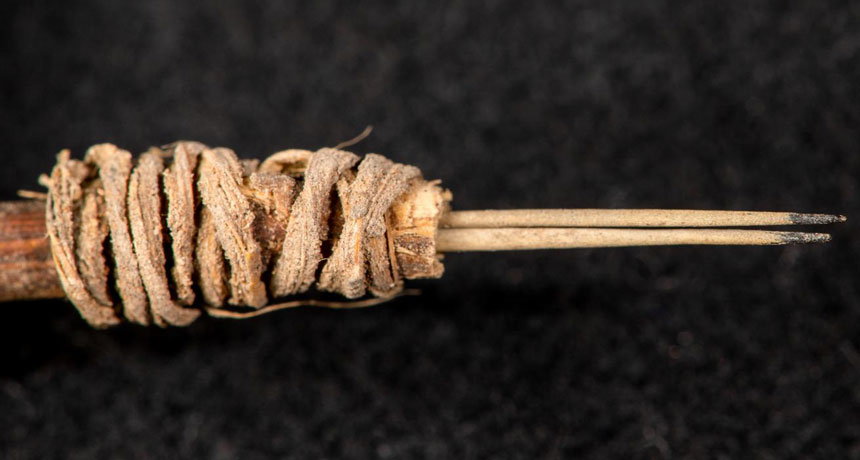
The oldest known tattoo tool in Western North America was uncovered during a dig at the Turkey Pen Ruin site in Utah, initially thought to be a hunting or gathering implement. The tool, dating back 2,000 years, was rediscovered by Washington State University anthropologist Andrew Gillreath-Brown during a routine inventory of relics from the site. Upon closer inspection, Gillreath-Brown realized the object’s true purpose.
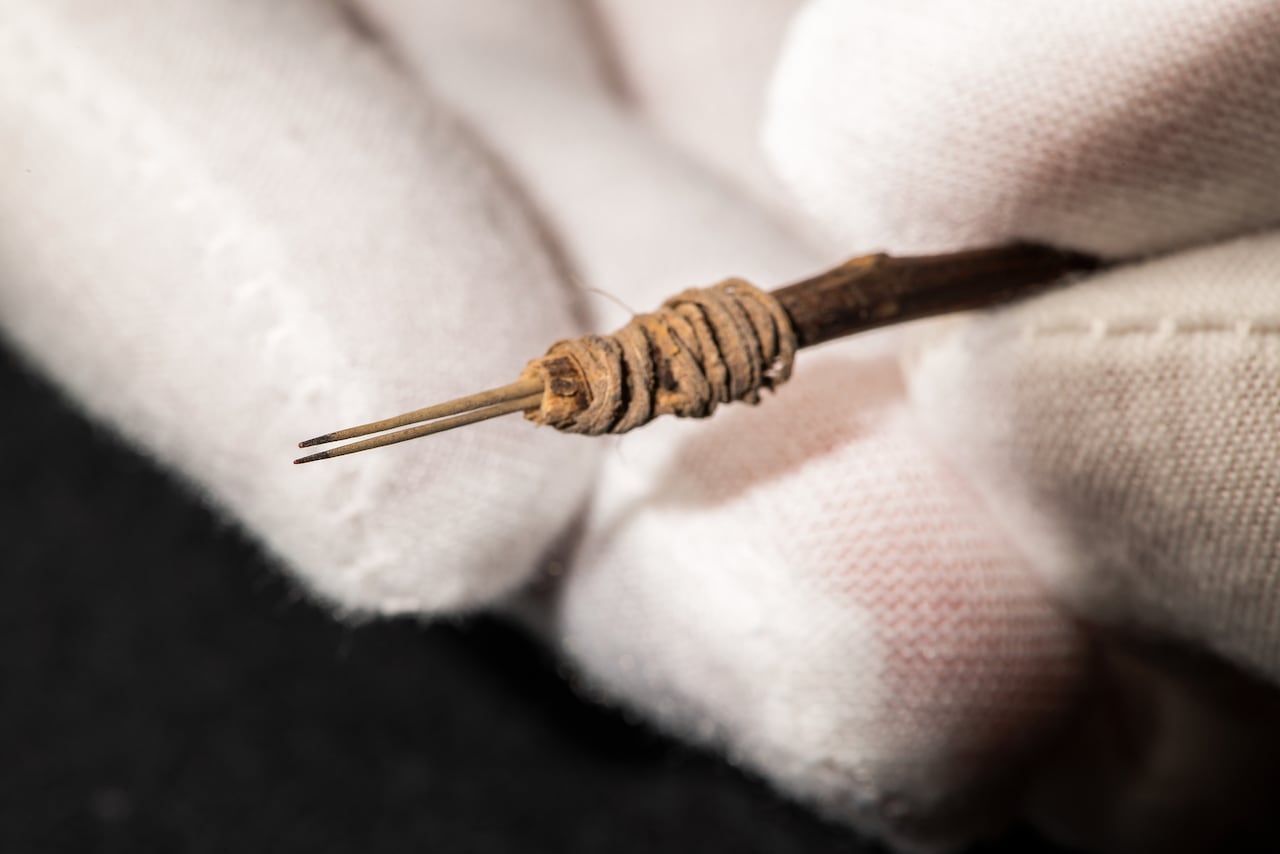
“When I first pulled it out of the museum box and realized what it might have been, I got really excited,” Gillreath-Brown recounted. His personal interest in tattoos, evidenced by his own sleeve of tattoos, added to his enthusiasm. The tool features a wooden handle made from skunkbush sumac, measuring three-and-a-half inches long, with yucca leaves used to secure the end. The needle, consisting of two side-by-side cactus spines stained black at their tips, suggested its use in tattooing.
Historical Implications
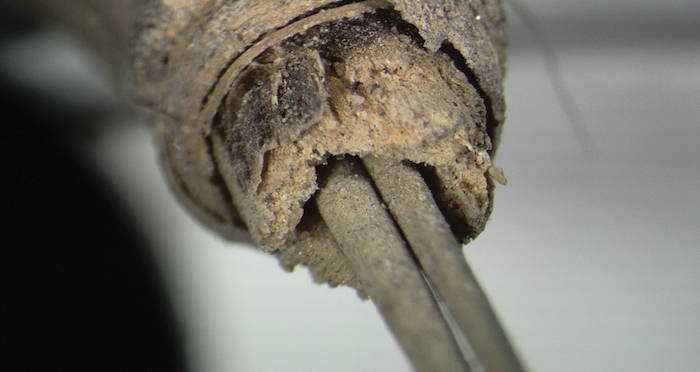
Historians and anthropologists had long known about the Ancestral Pueblo people, indigenous to the southwestern United States, but direct evidence of their tattooing practices had been elusive. This newfound artifact, however, pushes back the known timeline of tattooing in the region by approximately a millennium. Previously, the earliest evidence of tattooing in this part of the continent was dated between 1100 and 1280 AD. The discovery of this artifact from around 2000 years ago significantly rewrites the history of tattooing in Western North America.
“This tattoo tool provides us information about past Southwestern culture we did not know before,” Gillreath-Brown emphasized. The tool’s discovery has prompted a reassessment of the era, illustrating that tattooing was a significant part of indigenous cultures long before previously documented.
Unveiling Ancient Practices
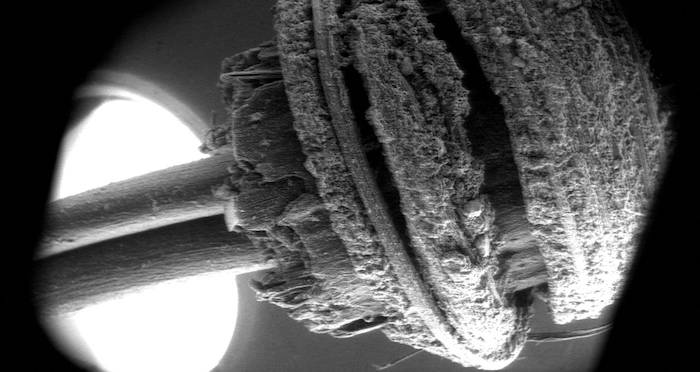
The implications of this find are profound. Tattooing has been a prevalent practice in various cultures around the world, often serving as a means of marking status or identity. The discovery of this ancient tattoo tool offers a glimpse into how the Ancestral Pueblo people might have used tattooing to express social status or personal identity during a time of increasing population density in the Southwest.
Gillreath-Brown’s analysis of the tool included scanning its tips with an electron microscope, X-ray fluorescence, and energy dispersive ray spectroscopy. He even conducted test tattoos using a replica of the relic on pigskin to understand its function better. This meticulous analysis underscored the tool’s significance in understanding the cultural practices of the past.
Social and Cultural Impact
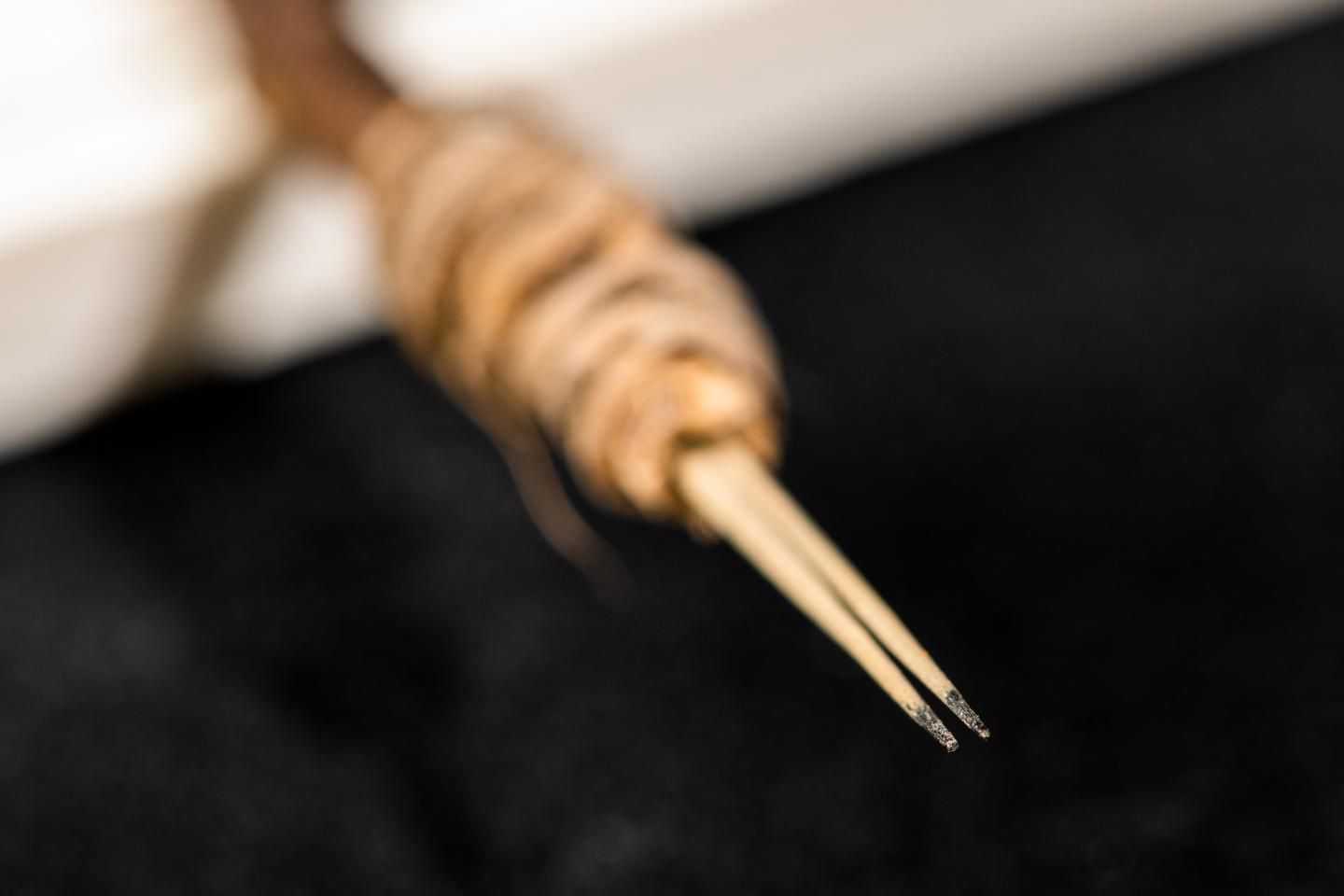
The research, co-authored by archaeologist Aaron Deter-Wolf, highlights tattooing’s role in fostering social bonds among tribal members. As Deter-Wolf explained, tattooing and similar practices were vital for creating a sense of unity among people living in close quarters, especially when alternative bonding mechanisms were unavailable.
“When you’re living cheek by jowl with these new people to whom you’re unrelated, you need to come up with things that will bond the group together,” Deter-Wolf said. This perspective aligns with global observations that tattooing and other ritualistic practices often serve as unifying rituals within communities.
Conclusion
The identification of this 2,000-year-old tattoo tool in Utah is a groundbreaking discovery that significantly alters our understanding of tattooing history in Western North America. By pushing back the known timeline of tattooing practices and revealing insights into the cultural and social dynamics of the Ancestral Pueblo people, this artifact offers a valuable contribution to the study of ancient cultures. As researchers continue to uncover and analyze such unexpected finds, our understanding of the past evolves, enriching our knowledge of human history and cultural development.
